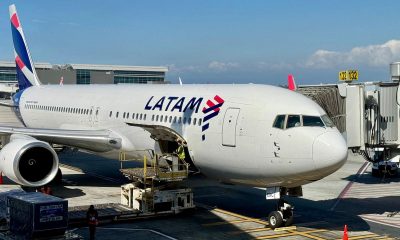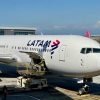ECONOMIC NEWS
Inflation Has Arrived, but Washington Isn’t Racing to Limit Price Pops
Prices have risen by more than Fed officials expected, based on both their public statements and their economic projections this year.Why the big jump? Some of it owes to temporary data quirks, which were expected to push inflation higher this year. Part of it has come as prices for airline tickets, hotel rooms and other pandemic-affected purchases rebound from last year, also as anticipated. But the surprisingly large part of the increase has come from a surge in consumer demand that is straining delivery routes and outstripping available supply for electronics, housing and laundry machines.That portion of the inflation is more tied to government policies, which put money into consumers’ pockets — and its future trajectory is a lot less predictable. Economists think the bottlenecks will fade, but by how much and how long it will take is uncertain.Those price increases could have a downside.Whether today’s inflation matters and warrants a response will depend on several factors.If, as the White House predicts, quick price gains fade as the economy returns to normal, they shouldn’t be terribly problematic. Households are likely to have to spend a little bit more on some goods and services but may also find that they are earning more. Workers are now seeing decent wage gains, though not quite enough to outpace price gains, and the labor market is expected to continue strengthening as inflation fades.The biggest price gains have also been concentrated in just a few categories, like used cars. Most families do not buy automobiles that often, so the hit from higher costs will not be as salient for consumers as an across-the-board rapid rise in prices for everything consumers buy, like clothing and milk.But if consumers and businesses come to expect higher prices and start accepting bigger price tags and demanding higher wages, that could broaden inflation and keep it elevated. That would be a problem. Rapid inflation makes life hard for people who live on savings, like retirees. If it outstrips pay gains, it can erode a consumer’s ability to buy goods and services. And if inflation becomes hard to predict, as it did in the 1970s and 1980s, it makes planning for the future hard for businesses and households.There are risks that inflation could take time to get back to normal.There are real reasons to worry that inflation could stick around. Supply-chain snarls are expected to fade with time, but new Covid-19 variants and renewed lockdowns in some countries could keep global trade chains from getting back to normal. That could keep prices for goods elevated. (On the flip side, Jason Furman at Harvard points out that renewed lockdowns would also probably drag down consumer demand, which could lead to softer price pressures.)
Source link













